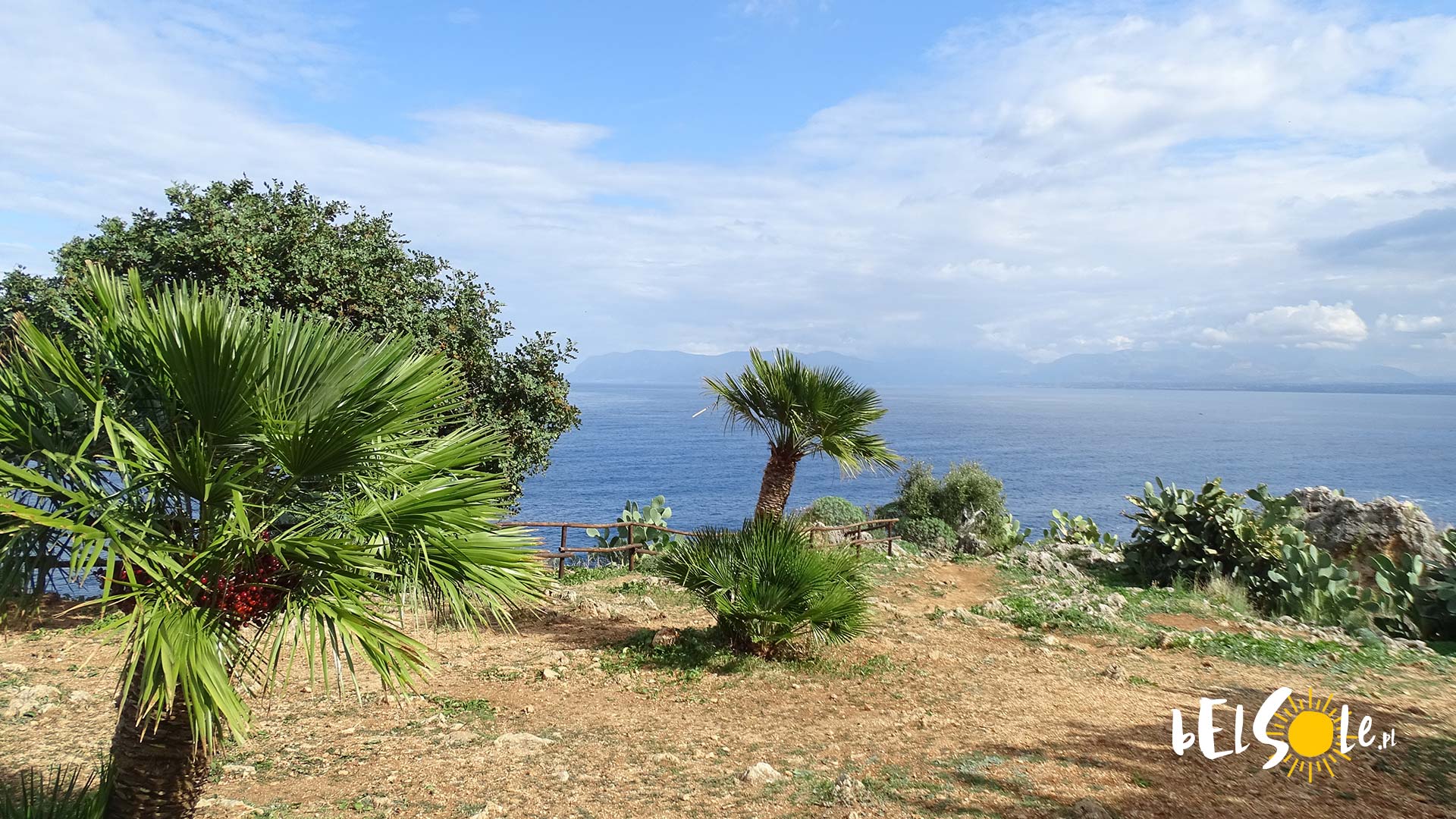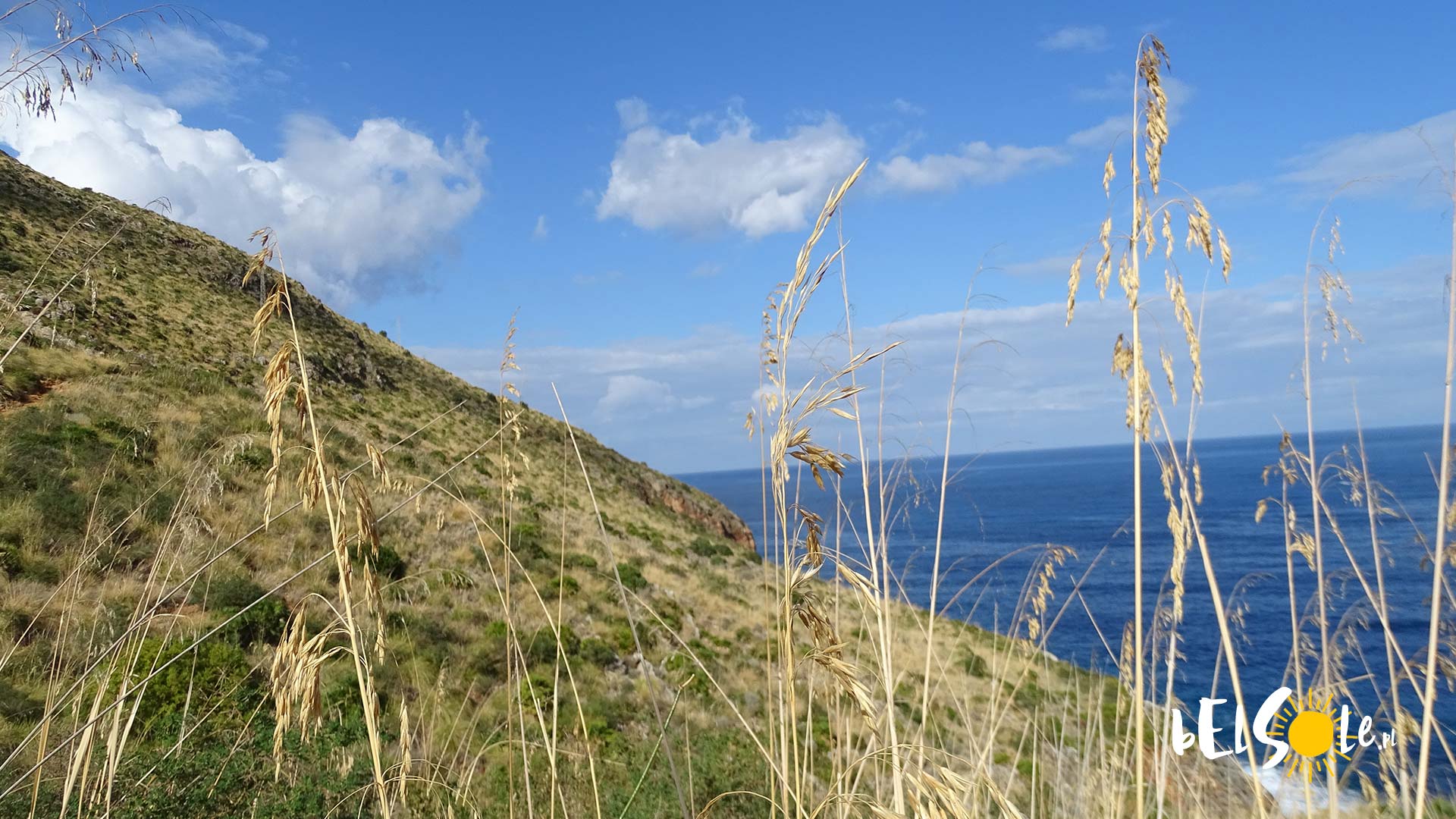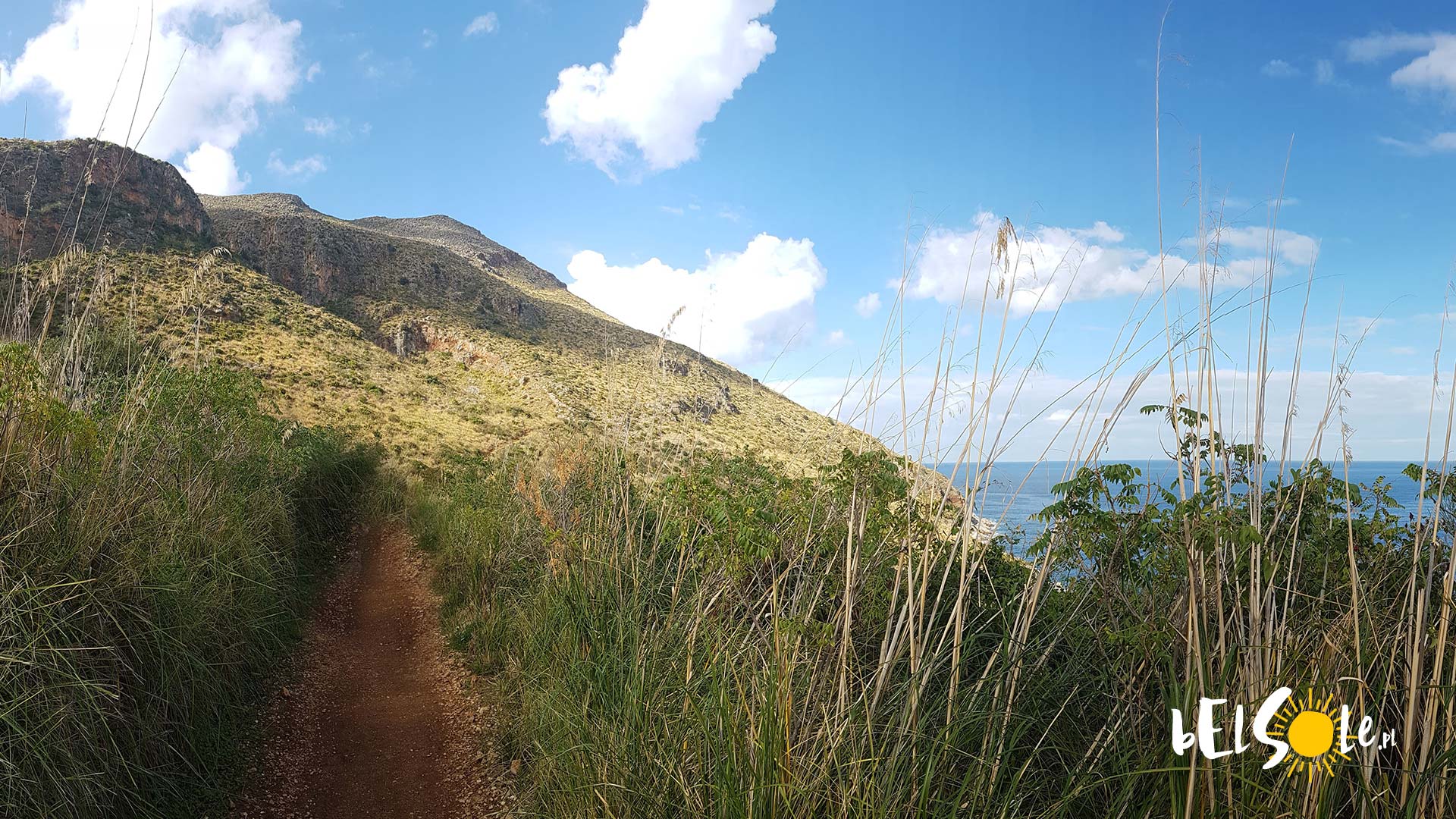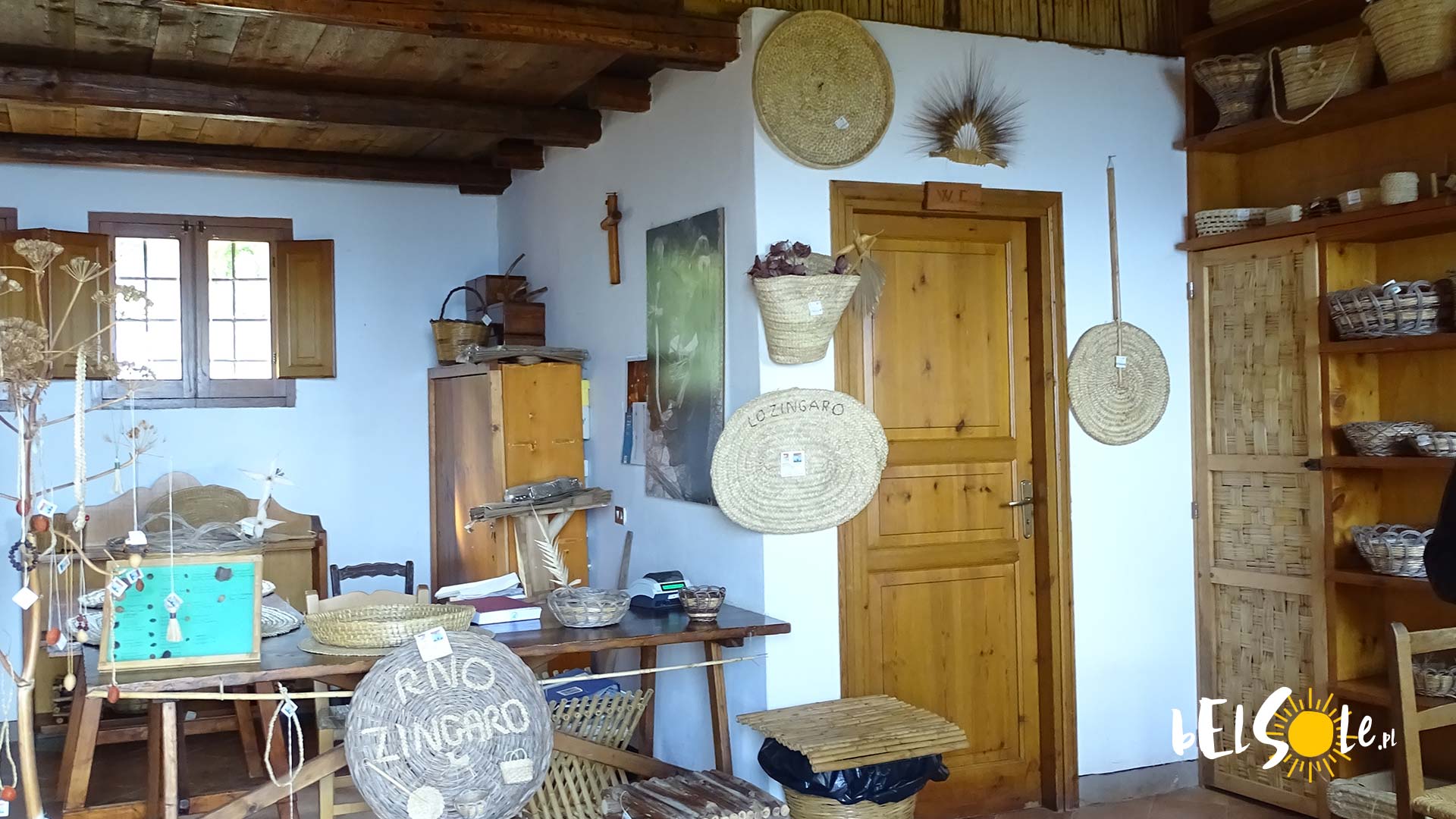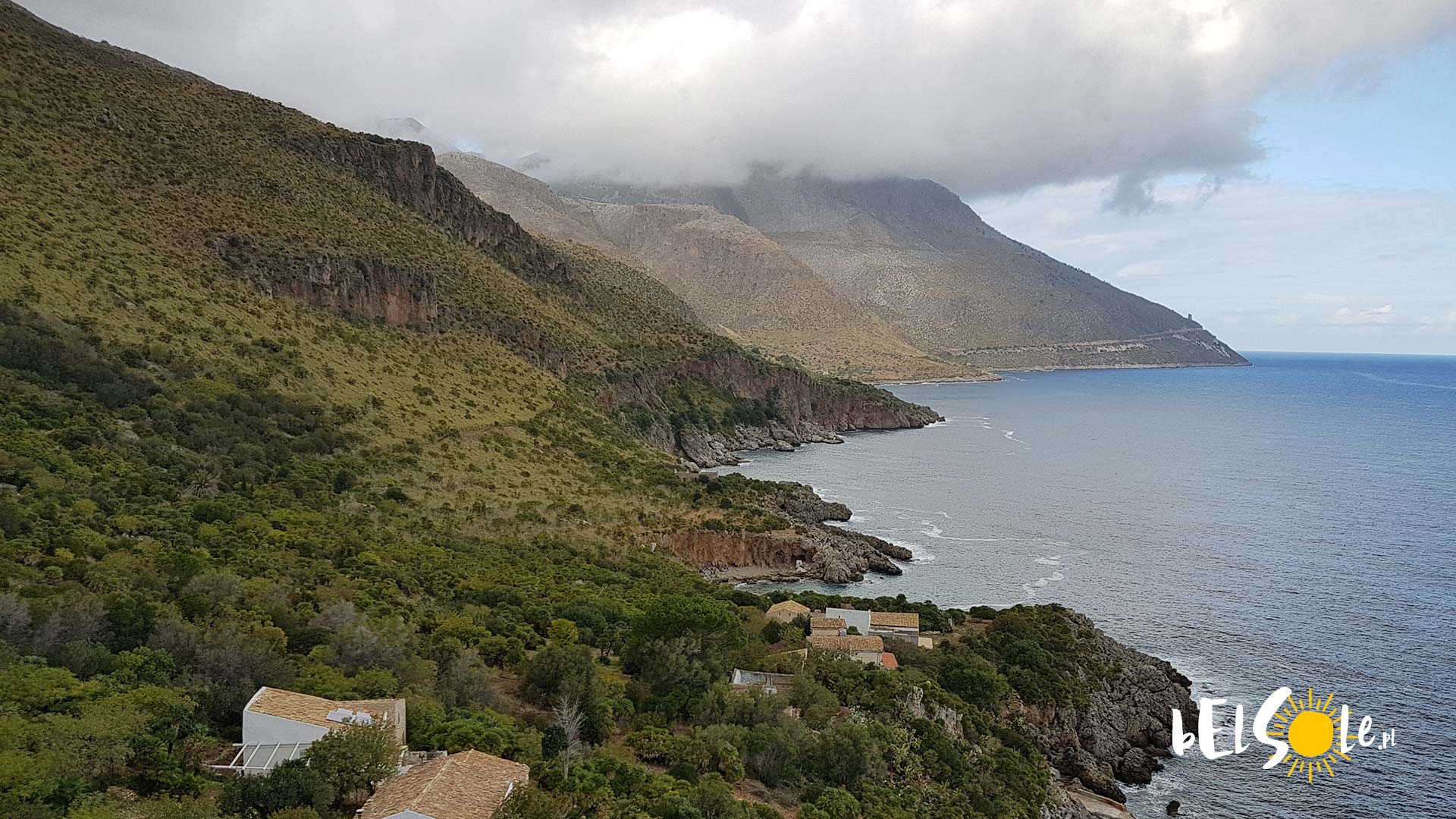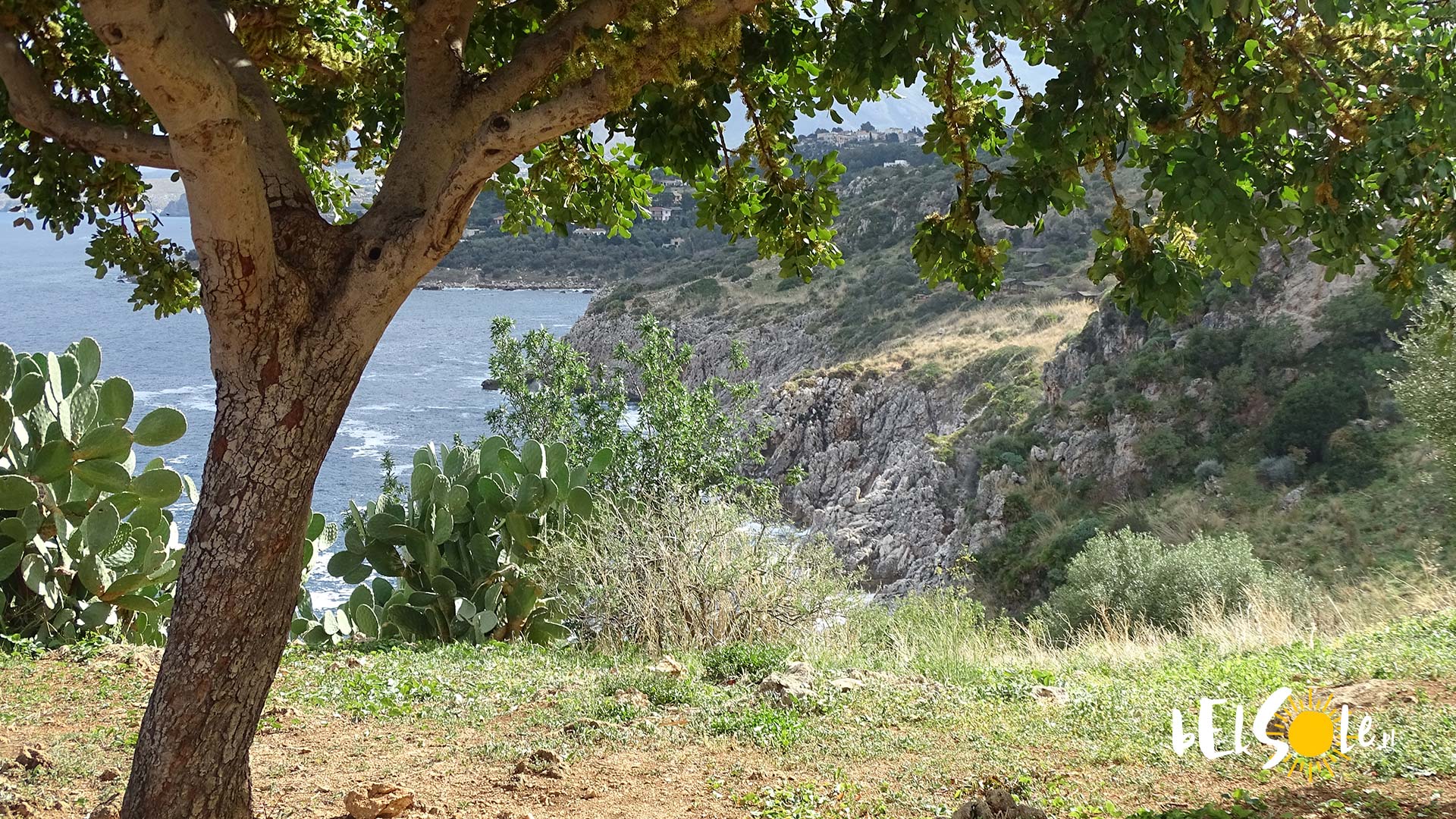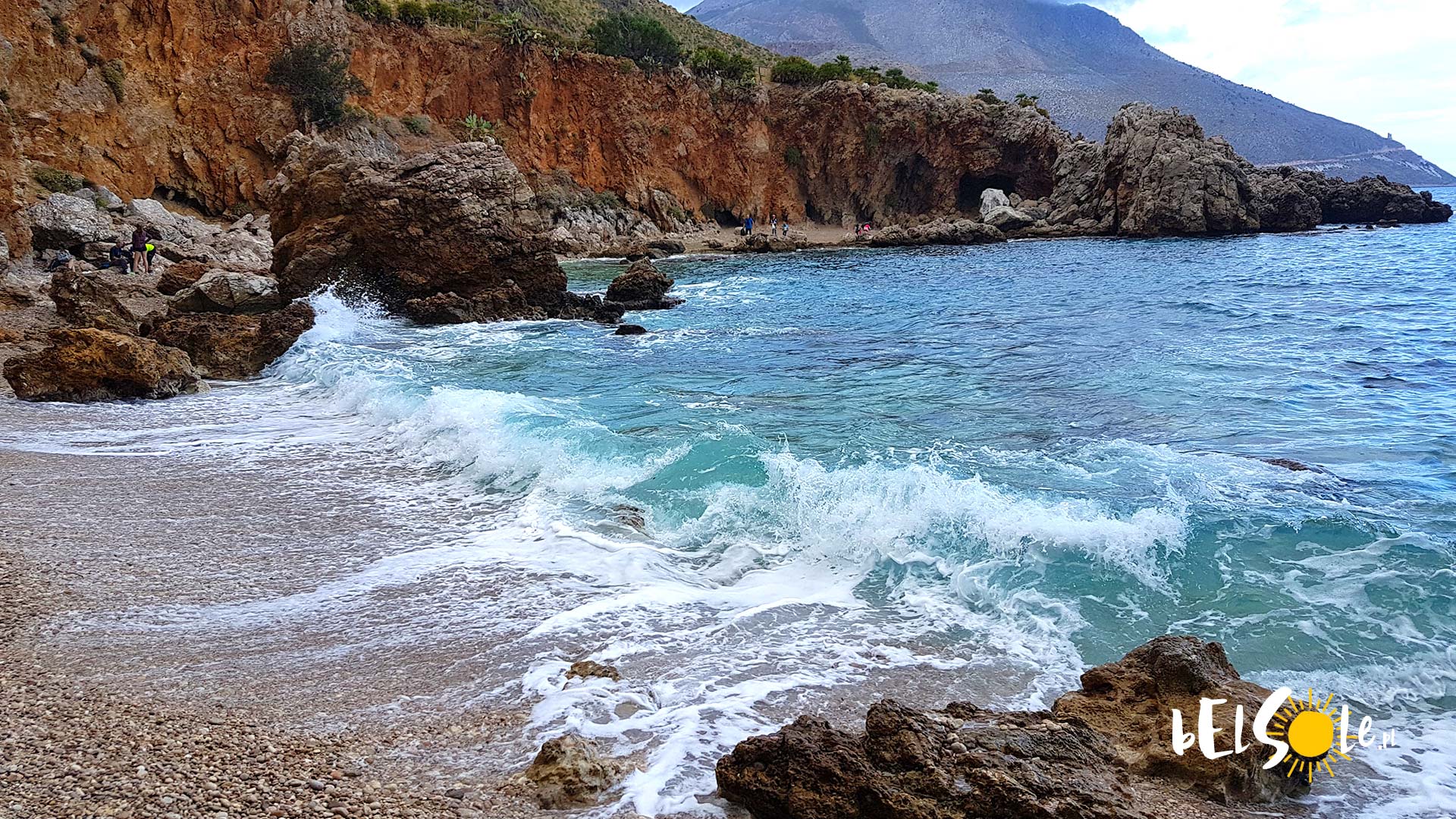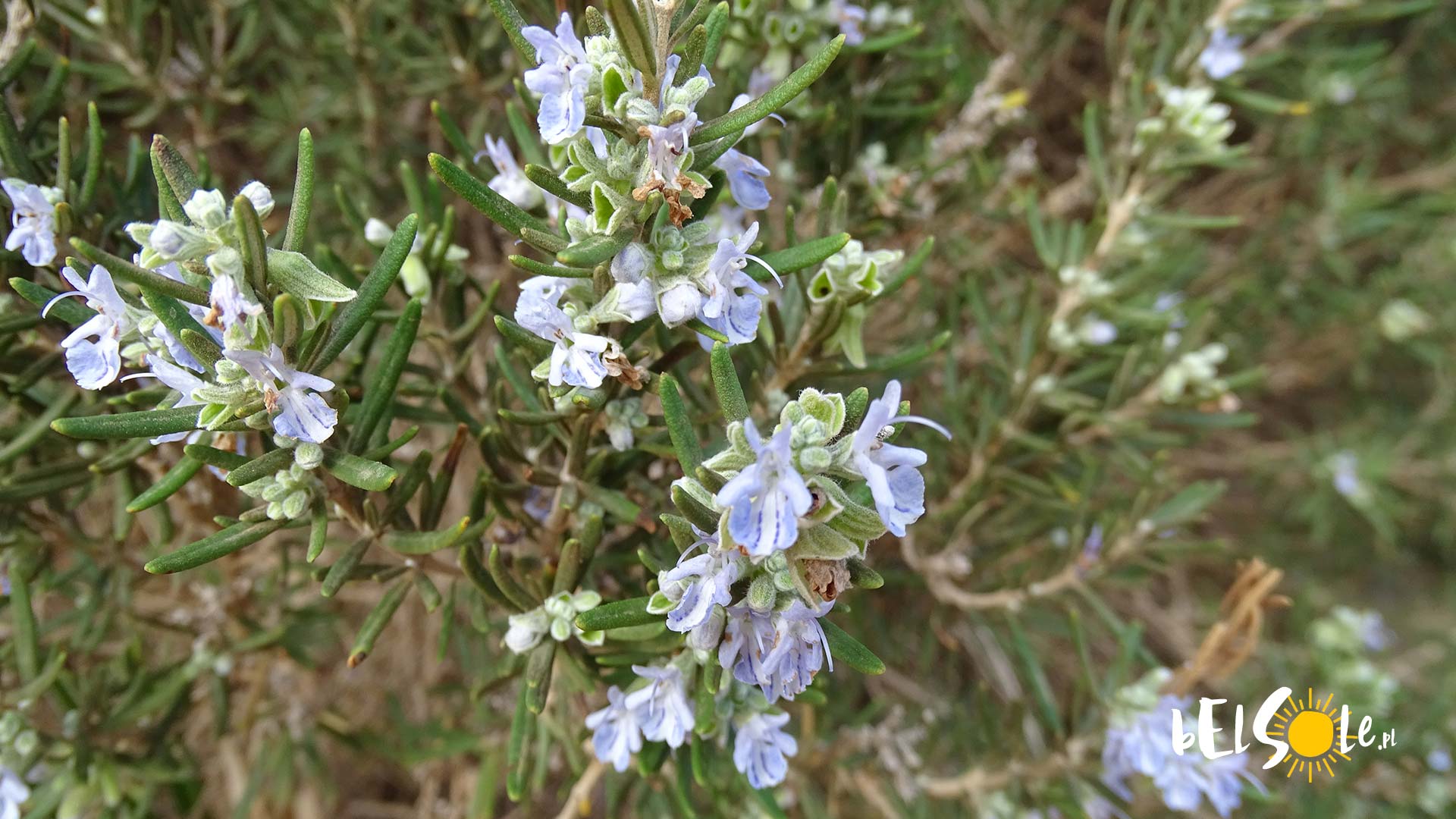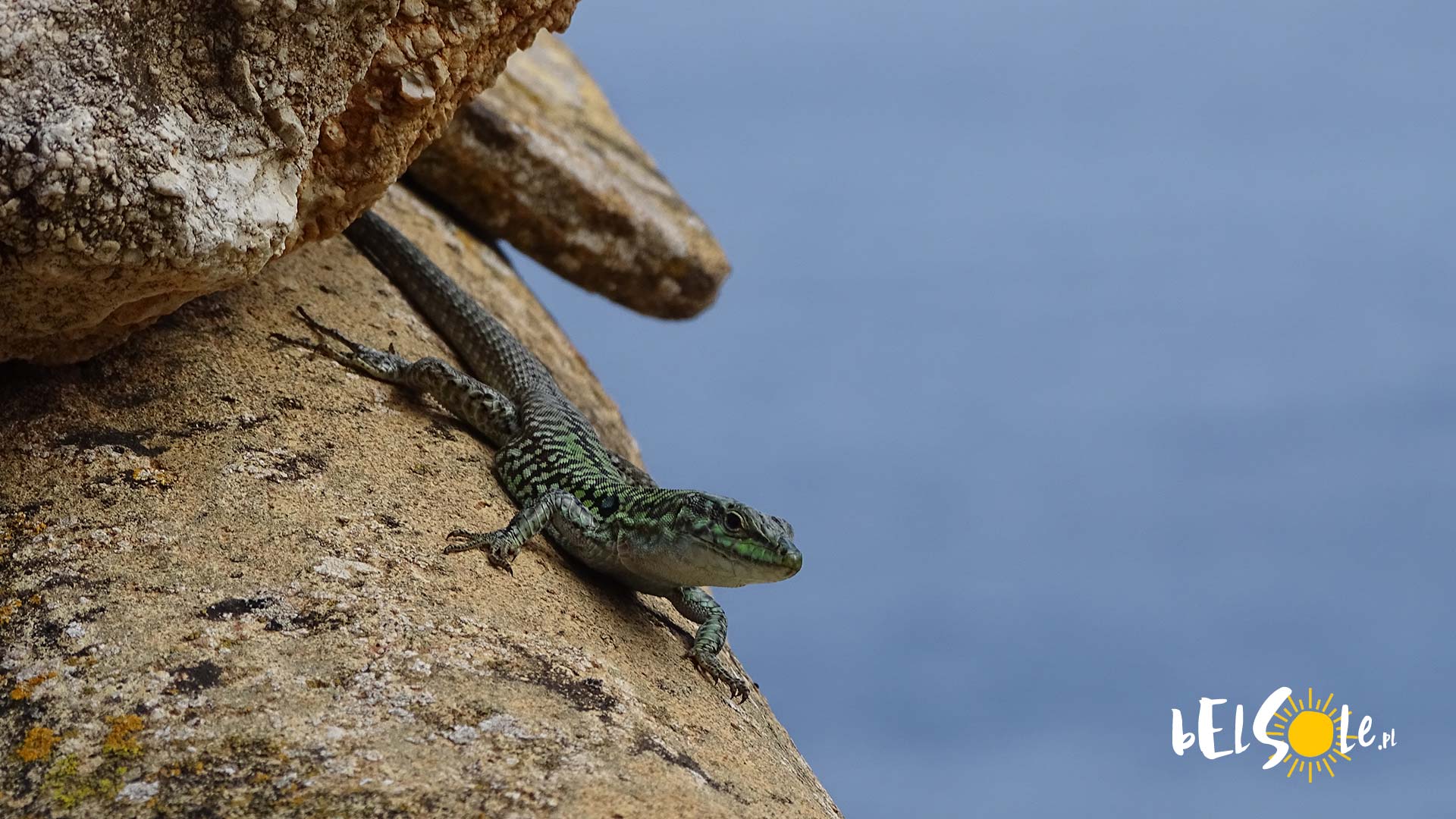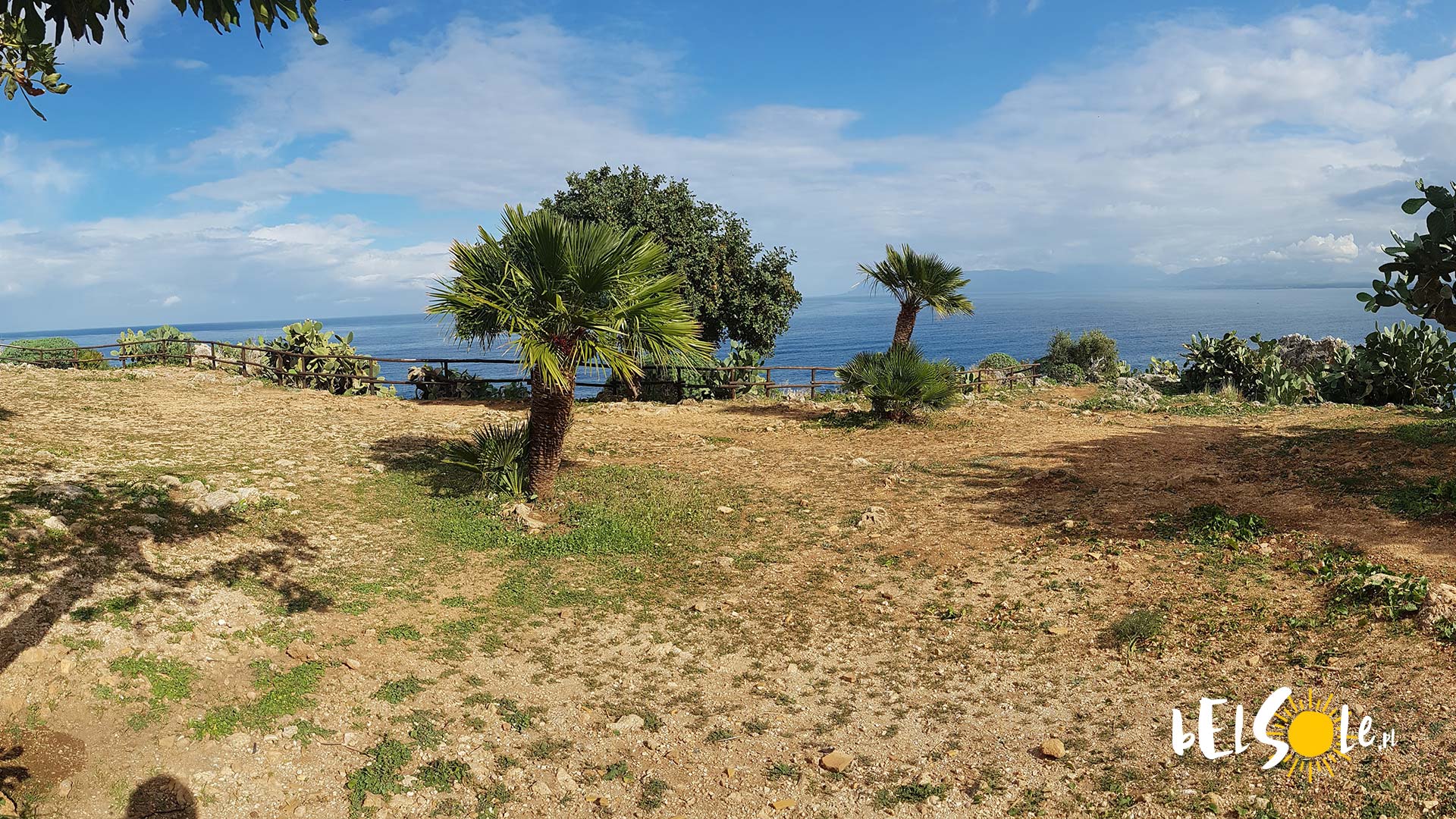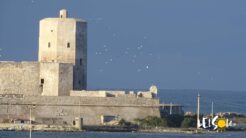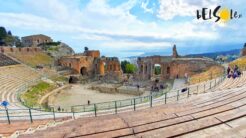As being a tourist is not just about the monuments, we’ve prepared a photoreport from the Zingaro nature reserve. It’s located on the northwestern peninsula of Sicily, near Scopello and San Vito lo Capo. How to get to Zingaro? What to see? Take a look.
The Zingaro Reserve was established in 1981 and it’s the first reserve in Sicily. We can admire the Castellammare bay from the mountainside, while the park itself takes up 1700 hectares of pure, untainted nature.
Getting to Zingaro
You can get to Riserva Naturale Orientata dello Zingaro from Trapani or Palermo, through the SS 187. There is an entrance on the northern side, 12 km to the south of San Vito lo Capo and from the southern side, from Scopello. The reserve is situated near Erice and Segesta, which we have also described earlier, and that you can spot during trekking in Zingaro.
Visiting Zingaro
Entering the park costs 5 EUR, 3 EUR in the case of children. Do keep in mind, that the park’s open from 7:00 to 19:30, so it’s unwise to stay on the trails after the sunset. If we do desire so, we can rent a stay on the trail as well.
The reserve offers one main trail, which we can call the ‘basic’ trail’, and a few bonus ones, situated much higher than the main one. Going through the basic trail takes approximately 2 hours (one way). There we’ll find Museo della Civilta Contadina and the Maritime Museum in Torre dell’Uzzo.
There’s a medium trail, an 8,5 km path with the best views of the whole park and the bay, it takes over 4,5 hours to cross. We can also admire the small village, Borgo Cusenza from there.
The longest trail is over 17 km long, and it takes over 7 hours to get through. When moving through the Zingaro’s twisty paths, pay attention to the highest spot in the park, Monte Speziale, at 913 m of height.
Across the trail, there are picnic spots available for use for tourists, several taps with clean water, shelters and even museums. All of that is accessible by foot. On the trail across the coast, you can also find signs leading downwards, to the 8 stony beaches.
Fauna and Flora
We can actually find some endemic fauna here, in Zingaro. There are over 40 exhibits, and one that we’d like to highlight is the Limonium todaroanum, which are these blue-violet flowers which grow on the hillslopes. Please, do remember not to pluck them.
There are also 39 different birds, e.g. the Peregrine falcon, buzzards and kestrels. In the local mammals, we can also spot bunnies, foxes, weasels, hedgehogs and hystrix. If you do pay close attention on the path, you’re sure to spot at least a few different animals lurking around.
Trekking in Zingaro
How to prepare for trekking in Zingaro? It’s really not too demanding of a trailset, and pretty much everyone should do just fine. Do keep in mind however, that the weather around these parts can be quite capricious and it’s wise to be prepared in case of a sudden change. Make sure you bring proper footwear and some bottled water – although there are taps on the paths, they tend to be quite far away from each other. Bringing a rainproof jacket is also a good idea if you want to visit the mountains outside of June and July. In the case of warmer days, be sure to bring something for your head and some sunscreen. Stay on the dedicated trails and don’t forget the map and a charged phone. With all of that, onwards! Have fun out there.


